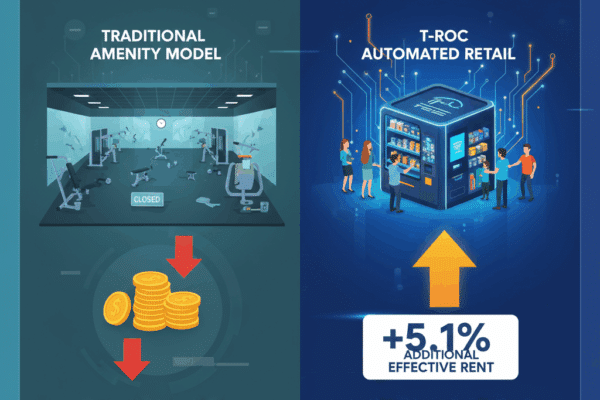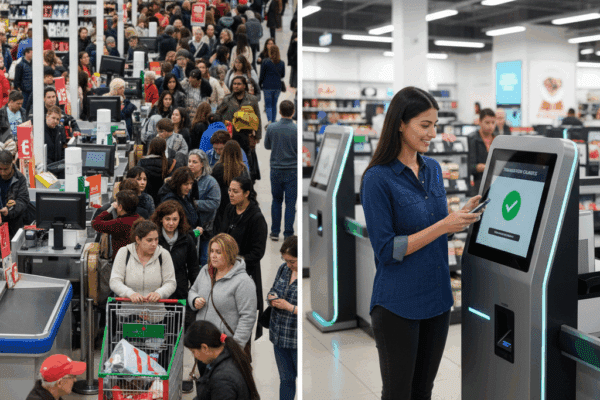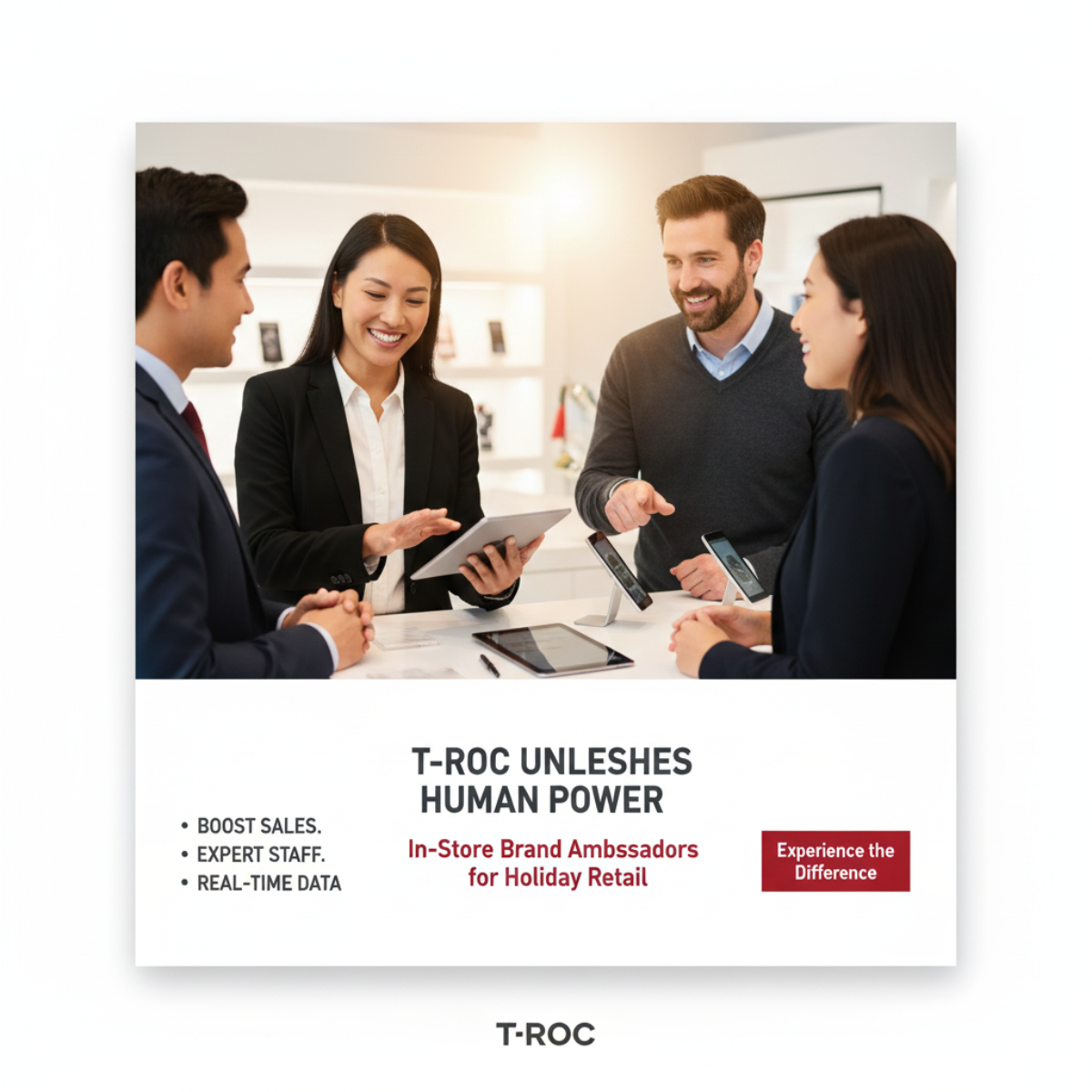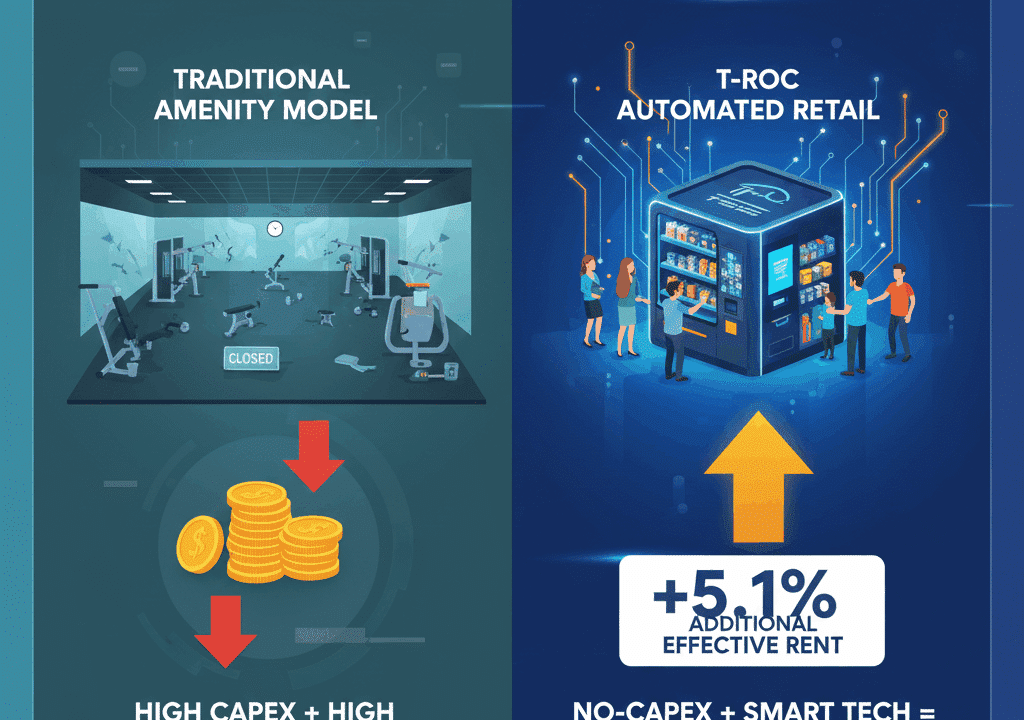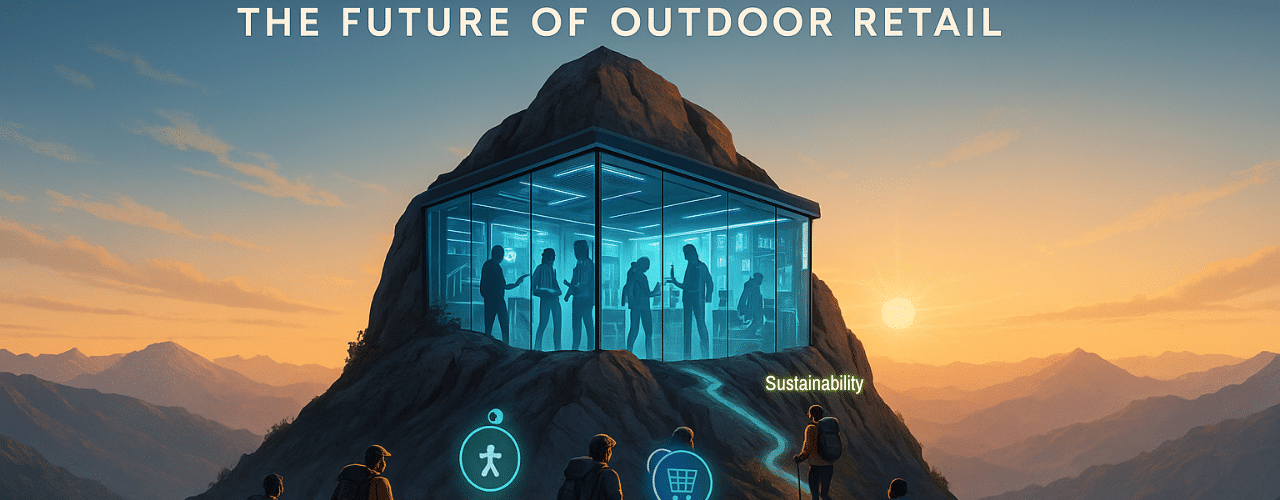
Top 5 US Outdoor Sports Industry Trends for 2025
The U.S. outdoor sports industry is no longer a niche—it’s a major economic force. In 2023 alone, it generated $1.2 trillion in economic output and contributed $639.5 billion directly to the nation’s GDP. Even more notable, it has outpaced the overall U.S. economy’s growth for four consecutive years, with a 9 percent increase in GDP contribution from 2022 to 2023.
But behind this strong performance lies a new reality: rapid change. The post-pandemic marketplace is rebalancing. Consumer values are shifting. Regulations are tightening. Technology is evolving at speed. For retailers and brands, staying competitive means looking beyond short-term wins and preparing for what’s next.
These five trends are not just influencing the industry—they’re reshaping it from the ground up.
1. Sustainability Is Becoming the Baseline
Once considered a marketing differentiator, sustainability is now a core business requirement. It’s being driven by both consumer expectation and regulatory pressure.
The rise of circularity. Re-commerce and repair-led models have gone from experimental to essential. Programs like Patagonia’s Worn Wear are setting the standard—extending product lifecycles, deepening customer loyalty, and creating new revenue streams. Today’s customers aren’t just buying—they’re buying into purpose.
Policy is accelerating change. Environmental regulations are taking hold across multiple states. Maine and Colorado, for instance, are phasing out PFAS chemicals, pushing brands to adopt safer, more sustainable materials. Meanwhile, Extended Producer Responsibility (EPR) legislation could soon require manufacturers to account for the full life cycle of their products. Durability, repairability, and recyclability are no longer optional features—they’re design mandates.
Retail Implication: Sustainability must be integrated not only into products but also into customer communication. A brand’s values need to be clearly understood on the sales floor. Mystery shopping can reveal whether sustainability messaging is reaching customers effectively where it matters most—in the store.
2. The Casual Enthusiast Is Reshaping the Market
The outdoor market’s center of gravity has shifted. The days of designing exclusively for expert athletes are over. Today’s growth is coming from a broader, more diverse, and experience-driven customer.
Who is the casual enthusiast? This shopper participates in outdoor activities like hiking, biking, or kayaking a few times a year. They’re motivated by wellness, fun, and social connection—not performance metrics. They value comfort, versatility, and aesthetic appeal just as much as function.
Demographic transformation. This segment is younger (driven by Gen Z and Millennials), more racially diverse, and includes more women than previous generations of outdoor consumers. Yet there’s also a growing percentage of adults who remain inactive—rising from 26 percent in 2010 to a projected 35 percent by 2030. That inactivity represents both a challenge and the industry’s greatest long-term growth opportunity.
Retail Implication: Stores must be inclusive and accessible—not intimidating. Associates need to connect with shoppers who may be new to the category. Through tailored mystery shopping programs, retailers can assess whether their team is making every customer feel welcome, understood, and supported.
3. Technology Is Transforming Both Product and Experience
Technology in the outdoor industry is no longer limited to the gear—it’s embedded in the shopping journey itself. And increasingly, consumers expect the two to work hand in hand.
Product innovation. Today’s gear is being designed with new materials and embedded technologies. Smart fabrics are being developed for temperature regulation and biometric tracking. Devices from companies like Garmin now offer deep performance data, real-time navigation, and safety features. As consumers seek more integrated, purposeful gear, innovation becomes a point of differentiation.
The retail experience is going immersive. Brick-and-mortar stores are evolving into destinations. Retailers are hosting educational classes, adventure trips, and community events. In-store experiences are enhanced with virtual try-on tech, augmented reality, and AI-powered personalization—bringing product storytelling to life.
Retail Implication: Technology should enhance—not complicate—the experience. Retailers must assess whether digital tools are being deployed in ways that support associate performance and customer engagement. Mystery shopping provides a clear picture of how those experiences are functioning in real-world conditions.
4. Omnichannel Strategy Is Essential
The modern shopper’s journey is fragmented and nonlinear. They might discover a product on social media, compare options online, and make their final purchase in-store. This complexity requires a well-coordinated, multi-channel strategy.
Big box still drives volume. Major retailers like DICK’S Sporting Goods and REI account for roughly 73 percent of outdoor retail sales in 2024. Their scale, reach, and resources give them staying power.
DTC builds brand equity. Direct-to-consumer channels allow brands to own the narrative, develop deeper community connections, and protect margins—making them central to long-term strategy.
Specialty and online are evolving. Independent retailers, while financially challenged, remain vital for launching technical products and maintaining credibility with core users. Online marketplaces, on the other hand, are under price pressure. Consumers increasingly shop them for deals on higher-ticket items, creating margin challenges and fueling discount addiction.
Retail Implication: Omnichannel isn’t just about being present on every platform—it’s about delivering consistency across them. T-ROC’s in-store audits and mystery shopping programs can help validate whether services like “buy online, pick up in-store” are delivering a frictionless experience.
5. The Supply Chain Is Now a Competitive Differentiator
Recent years have underscored the fragility of traditional supply chains. In response, brands are reengineering operations to prioritize agility and control.
Diversification is the new strategy. Today, roughly 55 percent of outdoor products are sourced from China. That concentration poses risk in the face of trade tensions and tariffs. Many brands are moving production to Vietnam, Indonesia, and Latin America to reduce exposure and improve resilience.
Inventory and policy are top of mind. Many brands are still managing the aftermath of pandemic-era overstocking, leading to widespread discounting and compressed margins. Meanwhile, the industry is closely watching for updates to programs like the Generalized System of Preferences (GSP) and the Miscellaneous Tariff Bill (MTB), which will affect duty costs and supply decisions.
Retail Implication: Supply chain decisions upstream have downstream impacts—especially in inventory presentation and pricing. Through in-field evaluations, retailers can ensure that store-level execution aligns with broader business goals.
Looking Ahead: Leadership Requires Action
The outdoor retail landscape is full of opportunity—but only for those willing to evolve. Leading brands won’t simply respond to trends; they’ll shape them. That means investing in values-led strategy, operational agility, and customer experience at every touchpoint.
At T-ROC, we help brands see what’s really happening on the ground—inside stores, across channels, and through the eyes of their customers. Whether it’s mystery shopping, technology integration, or retail performance optimization, we provide the tools to turn insight into action.
If your retail strategy is ready to go beyond the summit, we’re ready to help you lead the way.
Let’s Elevate Your Retail Experience
T-ROC brings decades of retail insight, operational excellence, and frontline expertise to every engagement. If you’re ready to meet the modern outdoor consumer where they are — and win their loyalty — let’s start with clarity.
Reach out to learn how Mystery Shopping can turn everyday interactions into competitive advantage.


